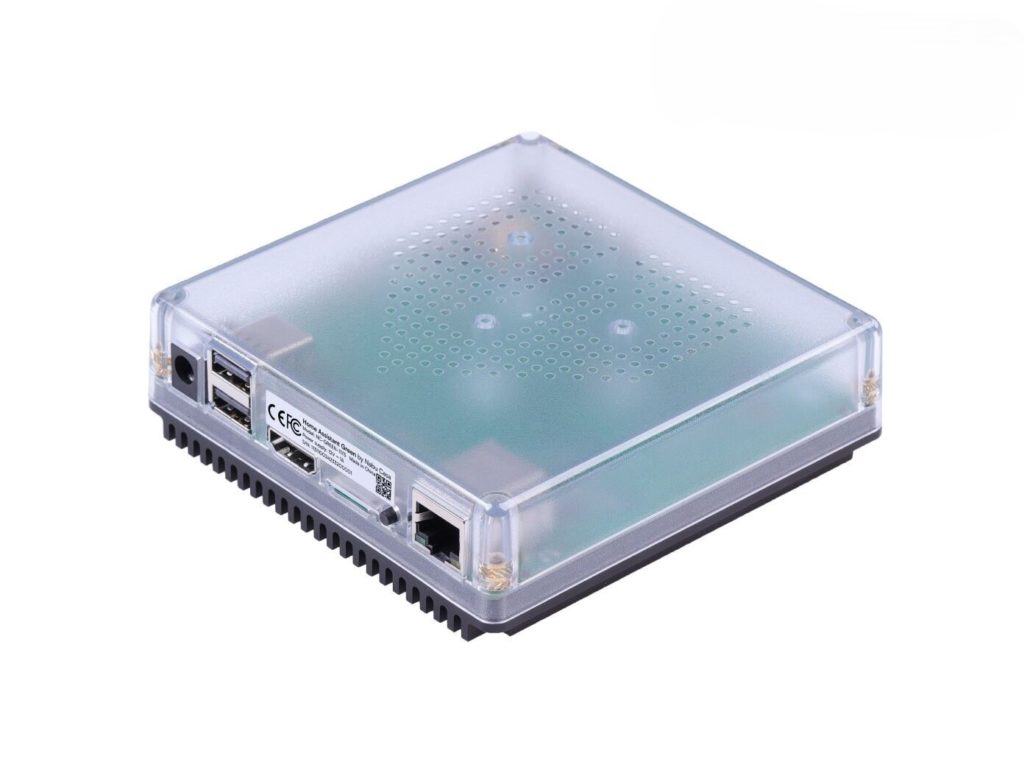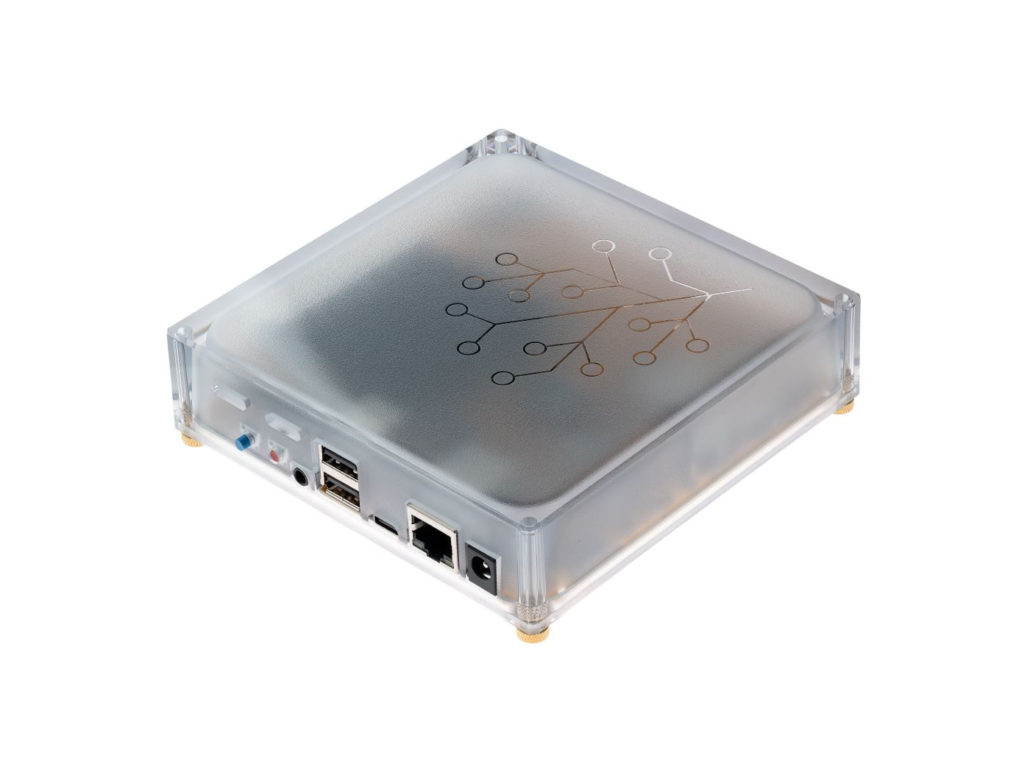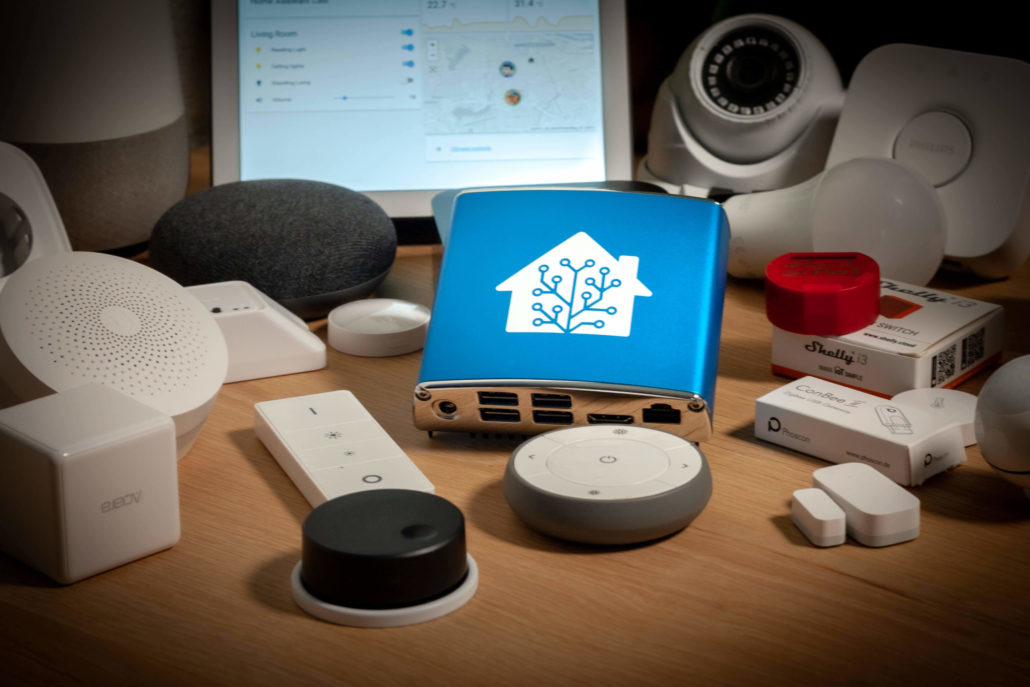As smart home automation continues to grow in popularity, many users are looking for powerful yet user-friendly solutions to manage their devices. Home Assistant has become a leading choice for many enthusiasts, offering flexibility and extensive device compatibility.
In this article, we will compare Home Assistant Green and Yellow, two popular options within the Home Assistant ecosystem, and briefly touch upon Home Assistant Blue.
For those familiar with the above three home assistant hardware, feel free to skip to the end to view a detailed summary and comparison!
What's Home Assistant Green, Yellow, and Blue
1. Home Assistant Green

Home Assistant Green is designed for users seeking an affordable, entry-level solution. It offers a balance between performance and cost, making it accessible for beginners while still providing enough power for most home automation tasks.
Home Assistant Green Key features
- Ready-to-use Home Assistant Device: Simply plug in the power and network cables to get started. The mobile apps provide a seamless setup, enhancing your home automation experience.
- One System to Control Everything: Integrate your Apple, Google, Samsung, and Amazon devices, along with support for hundreds of thousands of other smart devices, all in one app.
- Data Localization: Ensure data privacy with exclusive control and local storage by default.
- Improved Every Month by Open Source: Benefit from new features and improvements added monthly by the active communities of open-source developers.
Use Cases
- Intelligent home control
- Home Security
- Home Automation Tasks
- Energy Management
Simply plug in power and network cables, and you’ll be up and running. Meanwhile, it will be automatically updated to the newest version of Home Assistant, and the mobile apps will seamlessly guide you through the setup process. It is now available from official Home Assistant resellers at an affordable price of $99.
Note: The price for orders from the US warehouse is $120, including import duties.
The board keeps your data private and secure, accessible only to you. Powered by one of the world’s largest open-source developer communities, Home Assistant adds new features and improvements to the board every month, ensuring your smart home never lets you down.
Getting Started
Follow the tutorial documentation provided by Home Assistant, and you can start enjoying your smart home!
2. Home Assistant Yellow

Home Assistant Yellow is aimed at users who require more power and advanced features for their home automation setup. It offers enhanced performance and additional capabilities compared to the Green version.
Home Assistant Yellow Key features
- Ready-to-use and Fully-supported Home Assistant: Control the integration of over 1,000 different devices and services with one software, allowing you to manage various home aspects like lights, thermostats, TV, music, and more.
- Powerful Automation Capabilities: Customize your setup with the automation editor and take advantage of pre-made automation blueprints contributed by the Home Assistant community.
- Energy Consumption Tracking and Management: Monitor your energy usage and trends over time by pairing with supported sensing hardware.
- High Expandability and Scalability: Equipped with an M.2 slot supporting NVMe SSD hard drives and smart-home wireless that supports Zigbee 3.0, OpenThread, and Matter.
- Dual Power Supply: Supports both Power-over-Ethernet power supply and power adapter.
Use Cases
- Smart Home Automation
- Home Security
- Health Monitoring
- Energy Management
- Environmental monitoring
Home Assistant Yellow has equipped powerful automation capabilities by offering an automation editor to users and helping them create intelligent rooms, buildings, or parks. There are also available Blueprints contributed by the Home Assistant community, for users directly using it. You can purchase the Home Assistant Yellow Kit with Power Supply version for $124 USD or the Power-over-Ethernet version for $135 USD today at Seeedstudio.
Update December 16th, 2024: Home Assistant Yellow gets CM5 support in HAOS 14 now! Need to upgrade to CM5? You can purchase the CM5 module separately or opt for the Home Assistant Yellow Kit with the CM5 option.
Getting Started
Follow the tutorial documentation provided by Home Assistant, and you can start enjoying your smart home!
3. Home Assistant Blue

Image source: Home Assistant official website.
Home Assistant Blue serves as a middle ground between Green and Yellow, offering a blend of performance and ease of use. It is suitable for users who need more power than Green but do not require the advanced features of Yellow.
Discontinued! The edition of the Blue was — limited.
Home Assistant Green vs Yellow vs Blue
The below table is a comprehensive comparison table with the key points mentioned above. This table encapsulates the key features, specifications, and use cases for each device.
| Feature | Home Assistant Green | Home Assistant Yellow | Home Assistant Blue |
| Processor | Quad-core Cortex-A55 CPU up to 1.8GHz | Quad-core Cortex-A72 (ARMv8) 64-bit / 1.5 GHz | 6-Core Amlogic S922X Processor (ARMv8-A) |
| RAM | 4 GB | According to your selection, up to 8GB. | 4GB |
| Storage | 32 GB eMMC | According to your selection, up to 32 GB eMMC | 128 GB eMMC |
| Expansion Slot | SD card slot for recovery purposes only | M.2 socket for NVMe SSDs (2230, 2242, 2260, 2280) | \ |
| Connectivity | Ethernet(Zigbee 3.0 and Matter by Connect ZBT-1) | Ethernet, Zigbee 3.0, OpenThread, and Matter | Ethernet (Support for Z-Wave and Zigbee by external USB adapter) |
| Key features | Easy setup | Built-in Zigbee support | Limited edition |
| Price | $99.99 | Varies by configuration, typically higher than Green | Discontinued |
Home Assistant Green or Yellow?
When deciding between Home Assistant Green and Yellow, consider the following factors:
Differences
- For budget: Green is cheaper, while Yellow is much more expensive (since most applications require adding the CM4 module, making the total cost nearly double that of Green)
- For Setup: The Green model is particularly known for its straightforward installation process. It is designed to be user-friendly. The Yellow model might require you to manually install the CM4 and NVMe, as well as install the Home Assistant software on the kit yourself.
- For connectivity: Home Assistant Green by default only supports Ethernet, but it can be paired with SkyConnect to connect Zigbee/Thread/Matter devices. Yellow often includes more connectivity options, it not only supports Ethernet, but also has a additional ports and wireless capabilities( Zigbee /Thread/Matter ), facilitating easier integration with a wider variety of smart home devices.
Advantages
Home Assistant Green
- Low barrier to entry: It is suitable for beginners and can be used simply by plugging it in.
- Compact Design: Home Assistant Green typically features a smaller, more compact design, making it easier to fit into various home environments without occupying much space.
Home Assistant Yellow
- Advanced Features: Home Assistant Yellow is equipped with more advanced functionalities compared to the Green variant. This includes better support for complex automations and integrations, catering to power users who require a more robust system.
- Advantages of M.2: It allows you to add SSDs to expand storage space, useful for handling more tasks or backing up data.
- Future Expansion: Designed with future expansions in mind, the Yellow model supports a broader range of devices and technologies, making it more adaptable to future updates and innovations in the home automation space.
- Support Poe(Exclusive to the PoE version):It’s powered over Ethernet so user don’t need a power cable or adapter, its power is supplied over Ethernet by user’s PoE switch. No need to plug it in to an outlet. In addition, when there’s power to the switch without messing with Wake on LAN or IPMI. Really useful to just get the HA back up and running without a manual turn on. It can help HA (Home Automation) automatically resume operation after a power outage at home when the user is away.
Choosing between Home Assistant Green or Yellow depends on your specific needs and future plans for your smart home. Home Assistant Green offers an affordable and user-friendly entry point, while Yellow provides enhanced performance and future-proofing for more advanced users. Consider your budget, performance requirements, and potential for future expansion when making your decision.
Potential Issues and Solutions
Common Issues
- Compatibility: Ensure that your chosen Home Assistant version supports all your smart devices.
- Network Stability: Smart home systems rely heavily on a stable network; consider investing in a good router.
- Power Supply: Ensure that your Home Assistant device has a reliable power supply to avoid interruptions.
Solutions
- Regular Updates: Keep your Home Assistant software up to date to benefit from the latest features and security patches.
- Community Support: Utilize the Home Assistant community forums and resources for troubleshooting and advice.
- Backup Plans: Regularly back up your configurations and automations to prevent data loss.